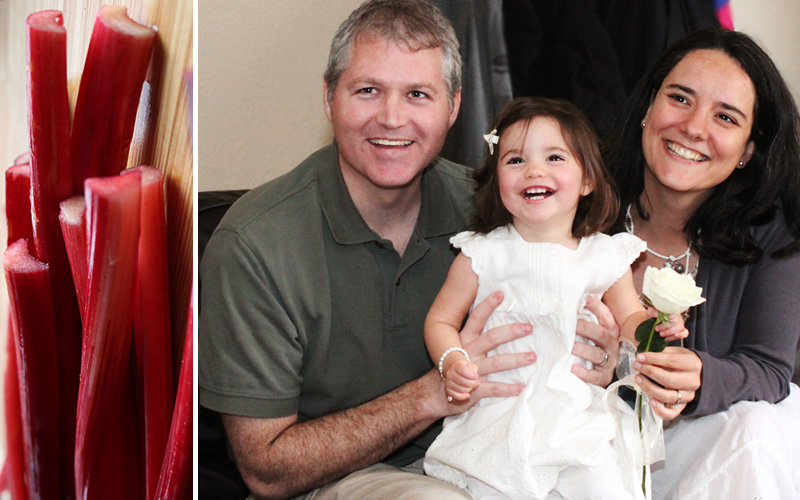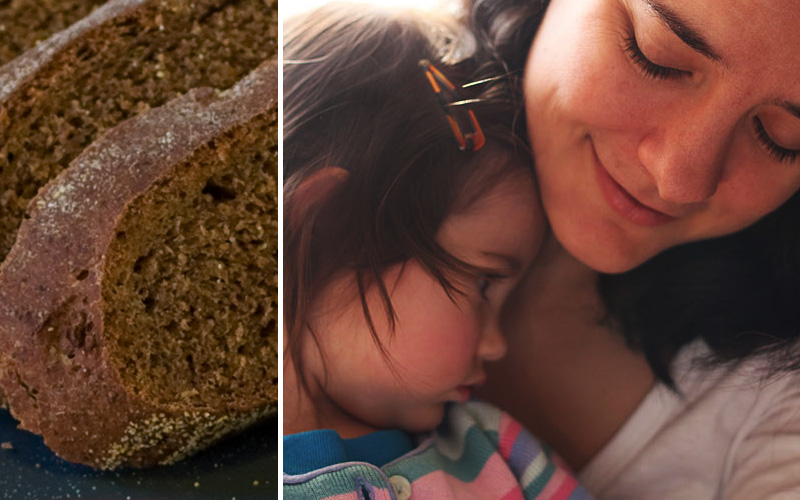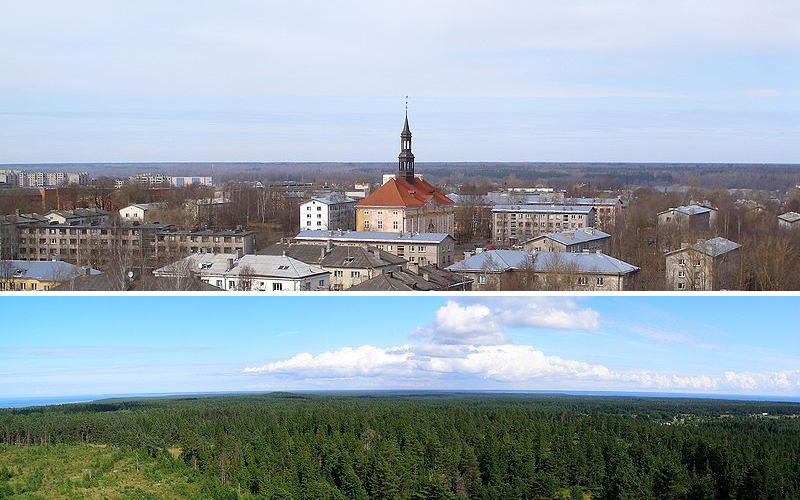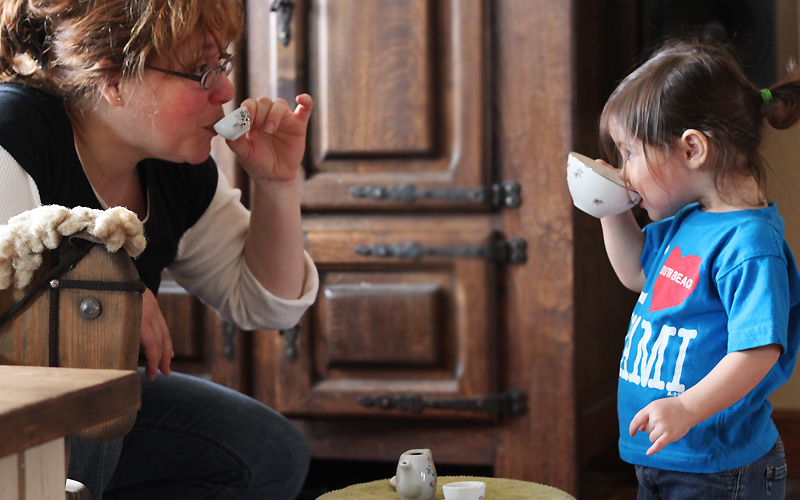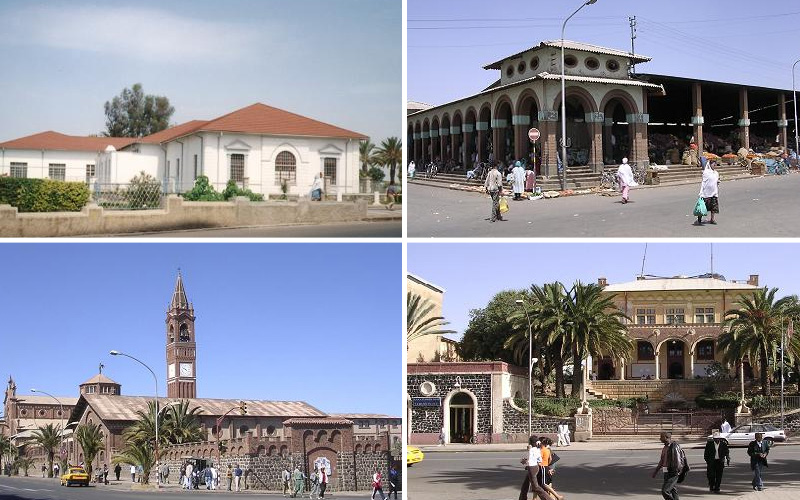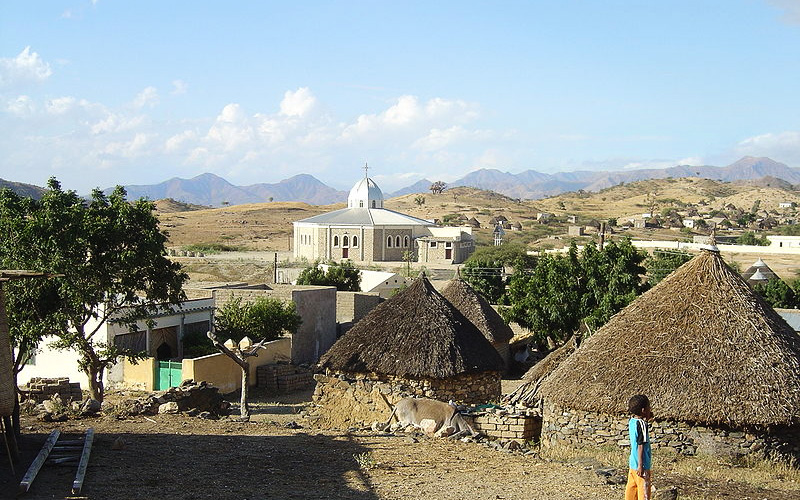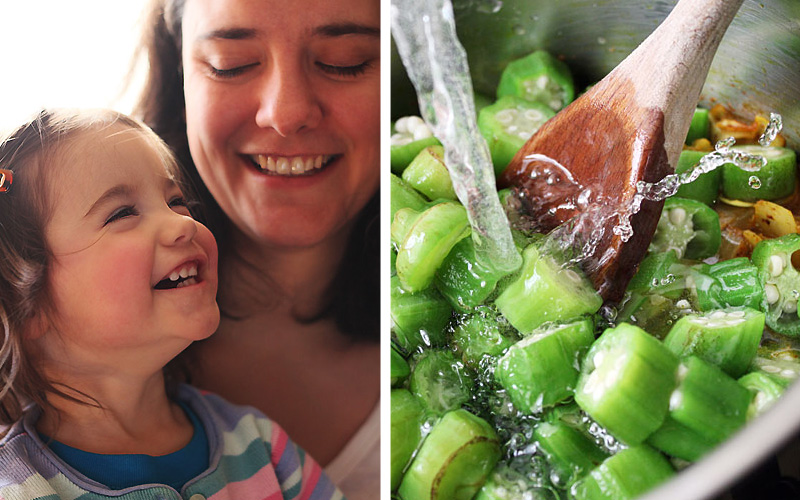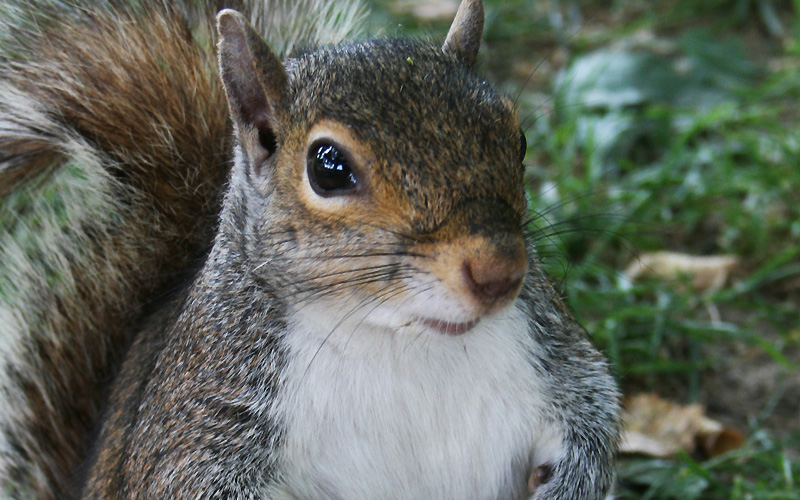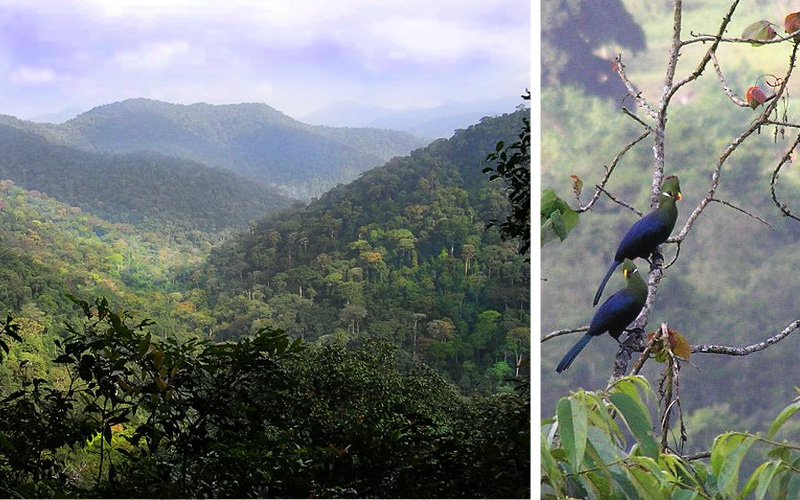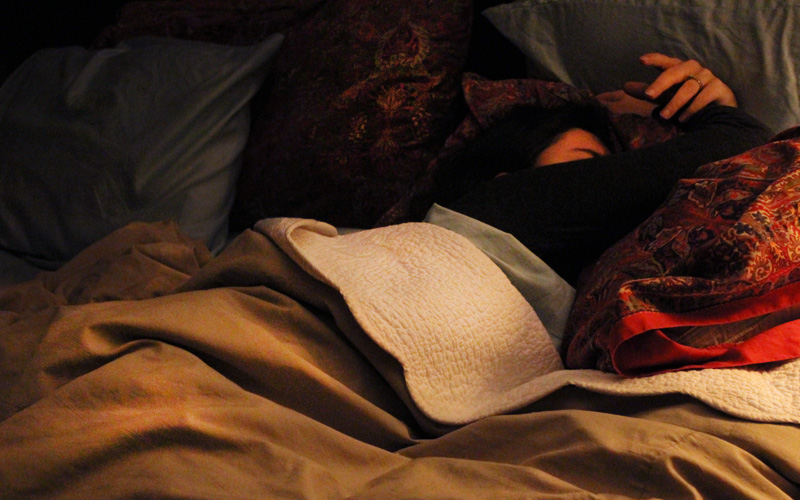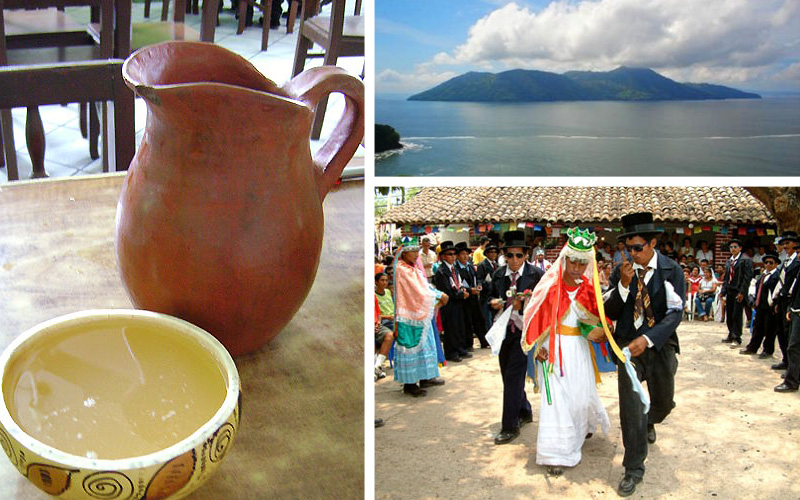Monday Meal Review: Estonia
THE SCENE I walked back and forth, haunting the spot where the rhubarb was supposed to be. The sign read “Rhubarb – $6.99/lb” but the bin was empty, empty, empty. Not even a week ago a mountain of lipstick red rhubarb overflowed from the bins, the first pick of the season. The clerk confirmed my fears. There was no rhubarb – not here, not in the back, not in an upcoming shipment. He explained that he had to pull the rhubarb because it was starting to turn and they couldn’t sell it any more. I was in shock, not simply because it was now gone, but also because I couldn’t believe I had expected it to be there – like mathematical certainty, like the sun would shine, or the earth rotate. Ava was getting antsy. She squirmed around in the sportscar shopping cart, and struggled to reach a package of “booboos” (blueberries). I put the package in our cart and we took off – per the clerk’s suggestion – to the frozen fruit department. I …
Read More
